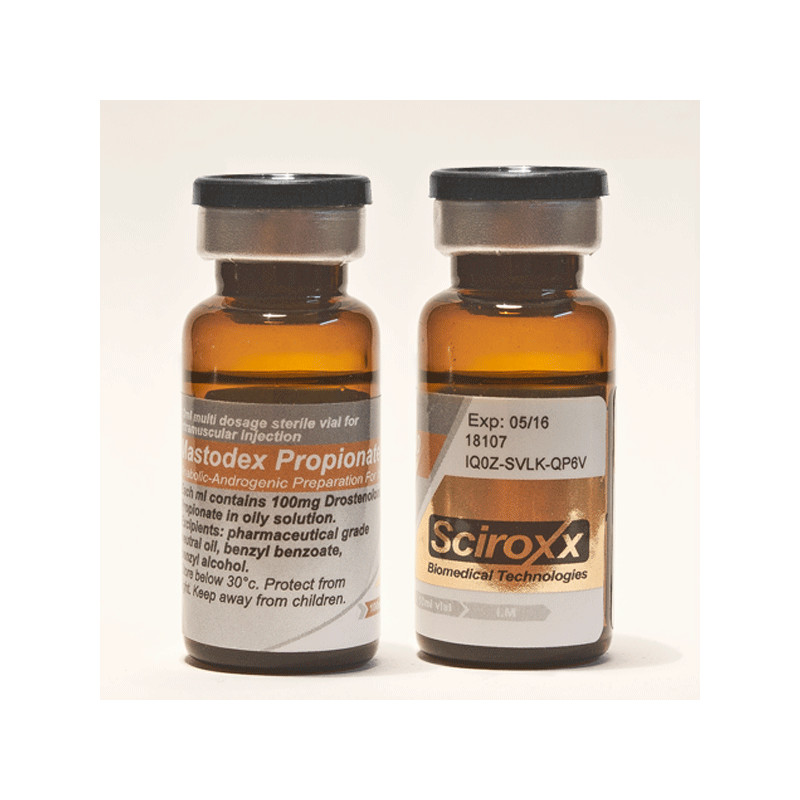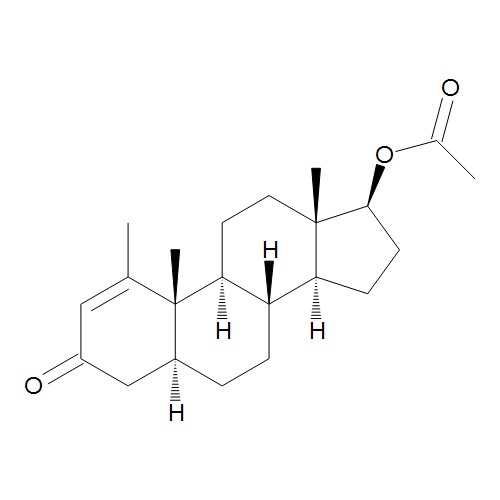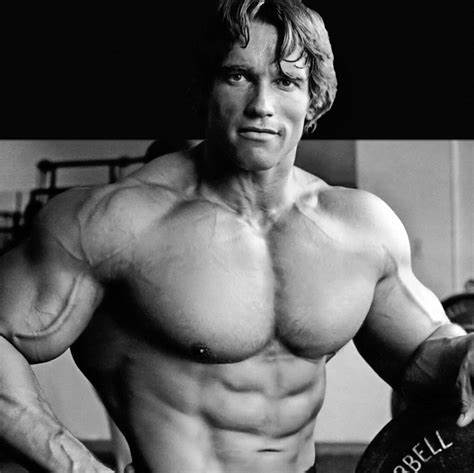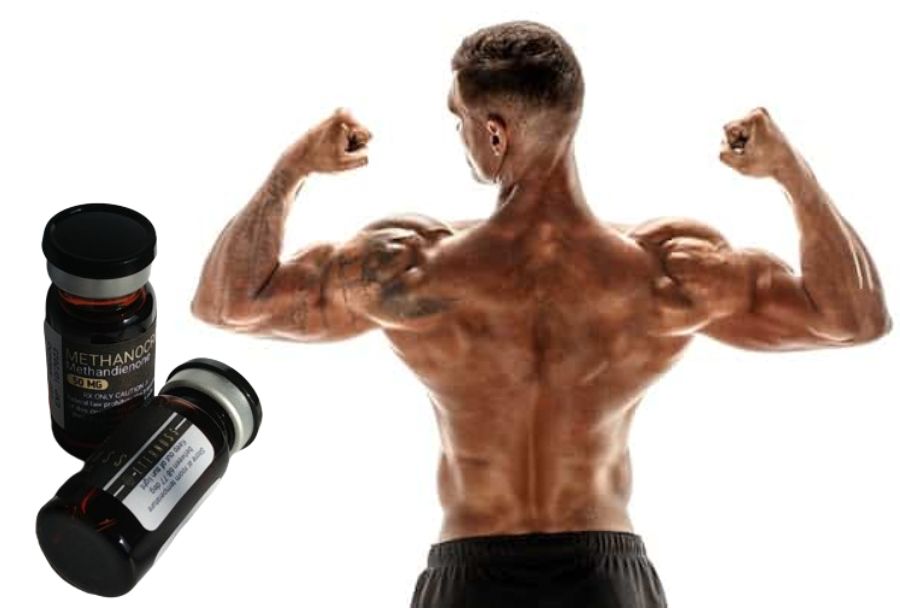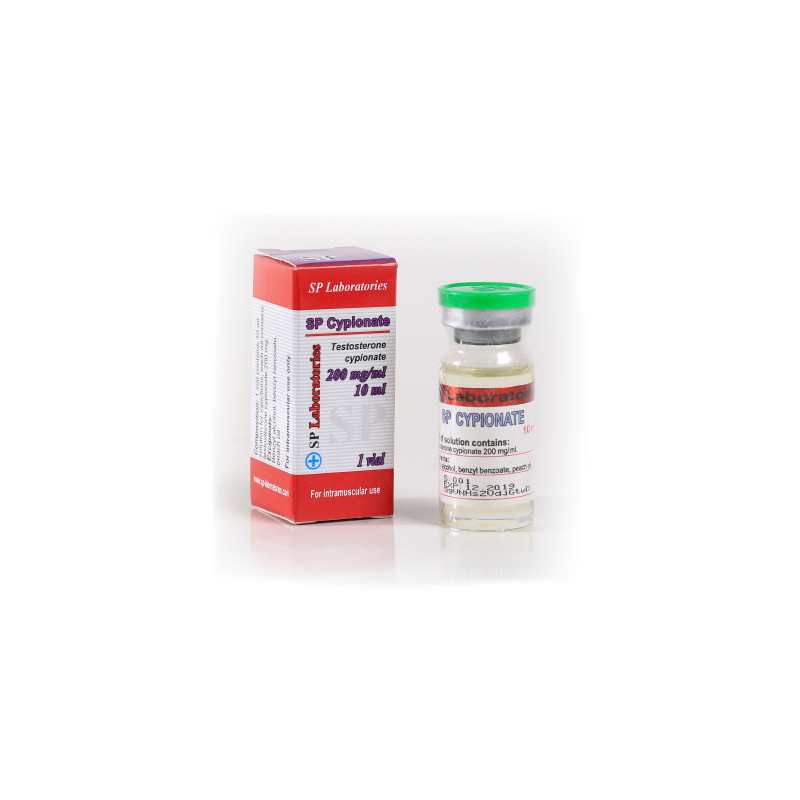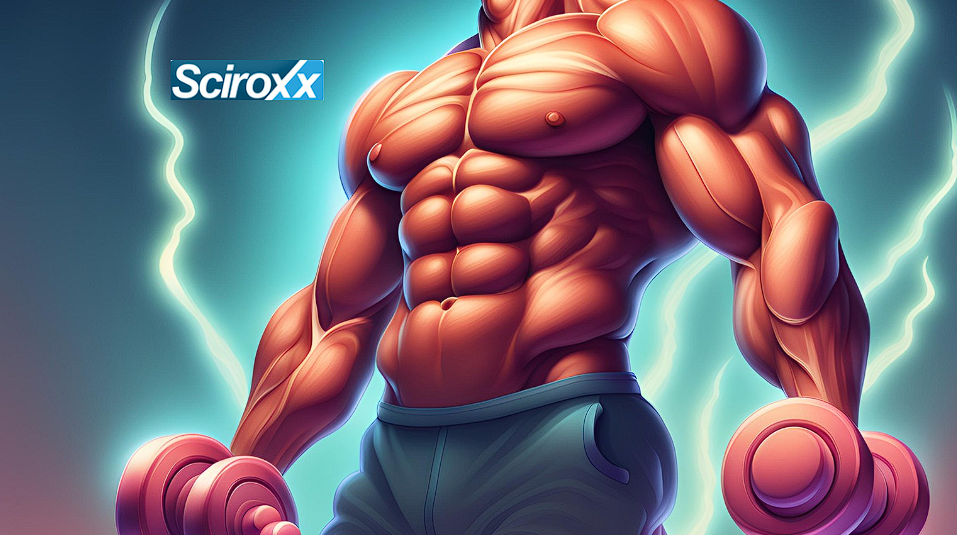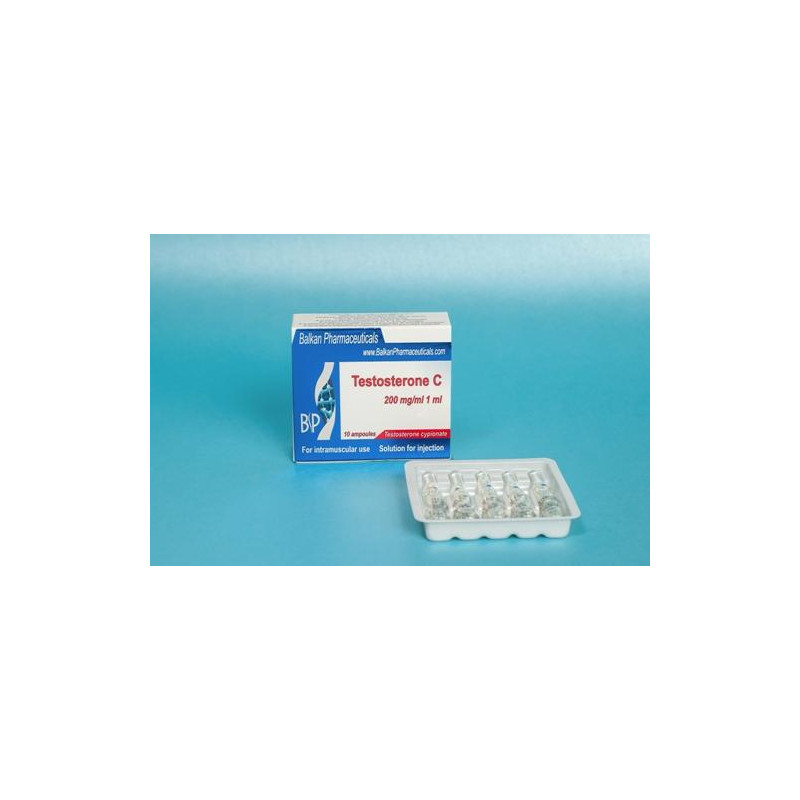Masteron — A Deep Dive into the Versatile Steroid Drostanolone
I’m an old-school—very old-school—coach. Back in the day when I started my journey, the name Masteron always grabbed attention. It had a legendary status in contest prep. It was a bit esoteric and harder to find, which only boosted its aura in bodybuilding circles—especially for stage conditioning. But among the average “juice-head,” it was never as popular as names like Dianabol, Deca, or—needless to say—testosterone.
In recent years, though, Masteron has definitely climbed the ranks. And for good reason: it’s got more tricks up its sleeve than most people expect. We’ll explore those here, in plain English, pulling from science and history where it matters.
Potency
Let’s start with the headline: it’s a very potent steroid. You’ll see drostanolone described as roughly 5× more potent than methyltestosterone in established literature based on classic bioassays.
But how?
Masteron is a derivative of dihydrotestosterone (DHT).
Now, DHT is often cited as the most potent naturally occurring androgen in the body—commonly framed as about 3× more potent than testosterone in terms of androgenic impact. It drives a lot of the androgenic effects in tissues like the prostate and skin (particularly the scalp), and even the brain—For example, medicines that treat prostate enlargement primarily counteract DHT, not testosterone; same with the classic anti–male-pattern-baldness drugs (like finasteride/Propecia)—they reduce DHT, not testosterone. If you’ve ever used them or read the brochure, you’ll know one of the most distinct side effects can be reduced libido—because DHT plays a key role in the brain’s normal libido mechanisms. In short: DHT is a potent activator in the brain.
However, DHT has poor activity in muscle. Muscle tissue is rich in androgen receptors, and DHT is a strong activator in principle—but in practice, it barely reaches effective action in muscle. It’s deactivated in muscle tissue before it can trigger the anabolic cascade (there’s an enzyme in muscle that knocks it out quickly). So DHT is a potent androgen, but a poor anabolic steroid for skeletal muscle.
What Makes Drostanolone Different
Drostanolone is essentially DHT with one critical modification: a 2α-methyl group on the A-ring of the DHT skeleton.
That 2α-methyl substitution protects drostanolone from the usual enzymatic “shutdown” in muscle, allowing it to stay active inside muscle cells. This is extremely important—it lets Masteron retain its potency in muscle tissue and remain effectively active. The alteration also stabilizes the molecule and supports strong receptor binding, giving it an even punchier anabolic presence than its progenitor, DHT.
So this is the context behind why you’ll see claims like “~5× more anabolic than methyltestosterone” and the broader very interesting medical for high potency compared to more basic androgens.
Hence, despite Masteron’s traditional role as a cutting/pre-contest agent, it does have real muscle-building effects.
Managing Expectations: Why “Potent” Doesn’t Mean “Mass Monster”
To keep things in perspective, both empirically and clinically, Masteron isn’t a mass builder like Deca, testosterone, or Anadrol. It typically adds less overall size—and certainly fewer kilograms on the scale—because the tissue it adds is dense, dry, and water-free muscle. Also to consider — historically, Masteron wasn’t used as a primary anabolic the way Deca, Anavar, or Dianabol have been, so yes it’s anabolic, but in most cases it’s combined with any of the afromentioned steroids in proper msucle building or recomposition cycles.
You might ask: how can it be called “5×” potent and still deliver modest real-world size? Because receptor affinity/potency is only one factor in overall anabolism. A steroid like testosterone also exerts multiple systemic anabolic effects (e.g., interactions with HGH, IGF-1, nutrient partitioning, and metabolism). And as noted, drostanolone’s wheelhouse is hard, dry, high-quality tissue, not the wetter, scale-moving mass associated with compounds like Anadrol, Dianabol, or Deca.
Bottom line: Masteron’s longstanding contest reputation is earned—hardness, dryness, and quality—but it’s also chemically built (via that 2α-methyl tweak) to avoid DHT’s muscle deactivation, giving it true anabolic activity in muscle even if it won’t blow up the scale like the classic mass agents.
 Anti-Estrogen Action: A potent anti-estrogen without reducing estrogen
Anti-Estrogen Action: A potent anti-estrogen without reducing estrogen
Masteron was developed and used successfully in the clinic to treat breast cancer. Breast cancer is estrogen-sensitive—estrogen helps trigger and fuel its development—so reducing estrogen sensitivity and impact was an early therapeutic strategy. As a potent androgen, Masteron became one of the first effective treatments. Over time, more direct anti-estrogens like Nolvadex (tamoxifen) and later aromatase inhibitors (AIs) such as Arimidex, Letrozole, and Aromasin replaced it to a large extent, mainly because their side effects are milder for women and don’t cause the unwanted virilization that androgens can.
Here’s where the myths kick in. People often say Masteron lowers estrogen. That’s not true in the way Arimidex or Letro do.
What’s really happening:
- Drostanolone doesn’t aromatize—in other words, unlike testosterone and some other steroids, it can’t be converted to estrogen. It’s a DHT derivative, and DHT also can’t convert to estrogen.
- accordingly, by itself, this sharpens the androgen-to-estrogen ratio—a major reason behind Masteron’s “hardening” reputation and its value in contest prep—But how? Look at basic biology: compared to men, women have higher fat and water content and appear “softer” (as nature intended—and for the best
 ). That’s largely due to estrogen, which favors fat deposition (crucial for survival, pregnancy, and nourishing a baby) and higher fluid content. Raising the androgen:estrogen ratio tends to increase metabolism, shed fat, reduce fat deposits, and lower fluid retention.
). That’s largely due to estrogen, which favors fat deposition (crucial for survival, pregnancy, and nourishing a baby) and higher fluid content. Raising the androgen:estrogen ratio tends to increase metabolism, shed fat, reduce fat deposits, and lower fluid retention.
So how does it counteract estrogen?
Think androgen vs estrogen tug-of-war. In tissues like breast tissue, activating the androgen receptor can suppress estrogen receptor signaling. That’s why drostanolone was used in breast cancer—it could slow the growth of estrogen-sensitive tumors. The same phenomenon happens in other tissues, which is why it’s a potent anti-estrogen in effect, even though it doesn’t lower serum estrogen like an AI. Instead of “killing estrogen in your blood,” Masteron makes estrogen less powerful at the receptor level. That’s why users feel drier, harder, and tighter when it’s in the mix—even though their estradiol blood test might still look normal.
So in plain english: It acts anti-estrogenic where it counts, not by nuking your hormone levels.
Why does this matter? Oh, it matters a lot. Some of the nastiest side effects from aromatizing steroids are “bitch-tits” (aka man-boobs, scientifically gynecomastia)—breast tissue in men responding to excess estrogen and growing. It’s a big yikes and can be irreversible, especially when severe. Masteron, just as it counters estrogen in breast cancer, helps counter this effect. Extra estrogen also has systemic effects like fluid retention, which Masteron masters as well—hence its hardening reputation.
But remember—it doesn’t lower estrogen. And that matters too, because estrogen isn’t the enemy. In men, it has important roles and health benefits: liver function, lipid profile, brain and neural protection, bone health, and more. So, unlike heavy-handed anti-estrogens that can push estrogen too low (and bring their own issues), Masteron spares you some of those unwanted effects by not crashing E2.
A caveat: strong anti-estrogens like Arimidex or Letrozole still provide more comprehensive protection against estrogen-related problems—generally and especially for sensitive individuals. However, many users find Masteron to be a perfect choice for counteracting estrogenic issues while keeping (and even enhancing) the gains. That’s why Masteron has become increasingly popular as a smart additive to androgens that convert to estrogen. It’s also considered a great companion at a low dose with testosterone.
But that’s a topic for the next article on Masteron—why and how to combine it in cycles for sports and bodybuilding, and in TRT. Stay tuned—more to come.

